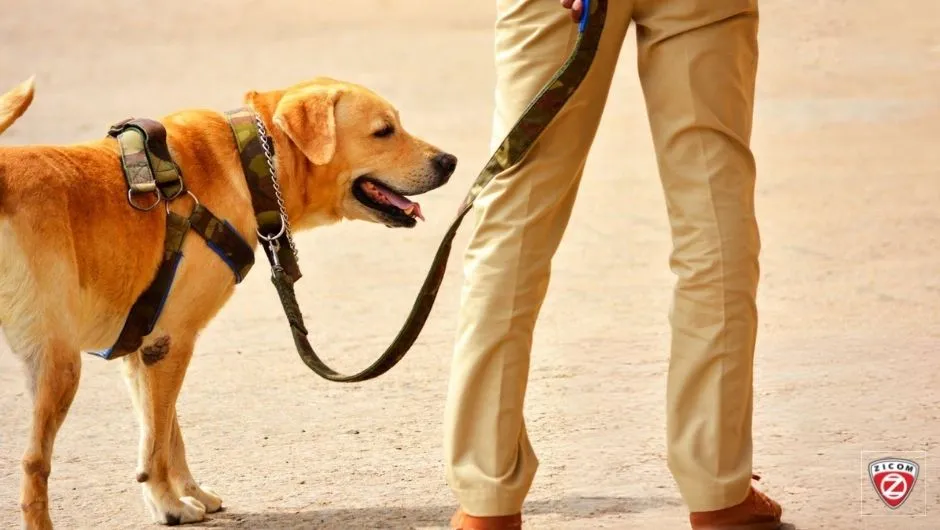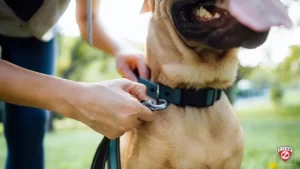Introduction Understanding pet body language is crucial for ensuring their safety and fostering a strong bond. Pets communicate through various signals that convey their feelings and intentions. By learning to interpret these signals, pet owners can prevent accidents, address behavioral issues, and create a more harmonious living environment. This blog delves into the nuances of pet communication and how it can enhance pet safety and well-being.
Common Body Language Signs in Pets Pets use a variety of signals to communicate their feelings and intentions. Recognizing signs of fear, aggression, contentment, and anxiety can help pet owners respond appropriately to their pets’ needs. For instance, a relaxed body posture and soft eyes typically indicate contentment, while a tense body and wide eyes may signal fear or anxiety. Understanding these basic cues is the foundation for interpreting more complex behaviors.
Interpreting Dog Body Language Dogs communicate through tail wagging, ear positions, and body posture. Learning to read these signs can help prevent aggressive encounters and promote a safer environment. For example, a wagging tail is often associated with happiness, but the speed and height of the wag can indicate different emotions. A slow, low wag might suggest caution, while a fast, high wag often signifies excitement. Similarly, ears pinned back can indicate fear or submission, while forward-facing ears suggest alertness or curiosity. Understanding these subtleties can help dog owners respond appropriately to their pet’s needs and prevent misunderstandings.
Understanding Cat Body Language Cats use subtle signals like ear flicks, tail movements, and vocalizations to convey their emotions. Understanding these cues can help pet owners address their cats’ needs and avoid stress-induced behaviors. For instance, a cat with its tail puffed up and back arched is likely feeling threatened, while a slow blink can indicate trust and affection. Vocalizations such as purring often indicate contentment, but they can also signal distress in certain contexts. Recognizing these signals allows cat owners to create a more comfortable and stress-free environment for their pets.
The Importance of Context in Interpretation Interpreting pet body language requires considering the context of the situation. A wagging tail doesn’t always mean happiness, and a growl doesn’t always indicate aggression. For example, a dog might wag its tail while feeling anxious, and a cat might purr when in pain. Observing the overall body language and the situation in which it occurs provides a more accurate understanding of your pet’s emotions. Contextual cues, such as the environment and any preceding events, are crucial for correctly interpreting and responding to your pet’s signals.
Conclusion In conclusion, understanding your pet’s body language is essential for their safety and well-being. By learning to read and respond to these signals, you can create a safer and more harmonious environment for your furry friends. A deeper understanding of pet communication fosters a stronger bond between pets and owners, leading to a more fulfilling and safe companionship. Investing time in learning about your pet’s body language is a key aspect of responsible pet ownership and enhances the overall quality of life for your beloved animals.








 WP Digitals
WP Digitals